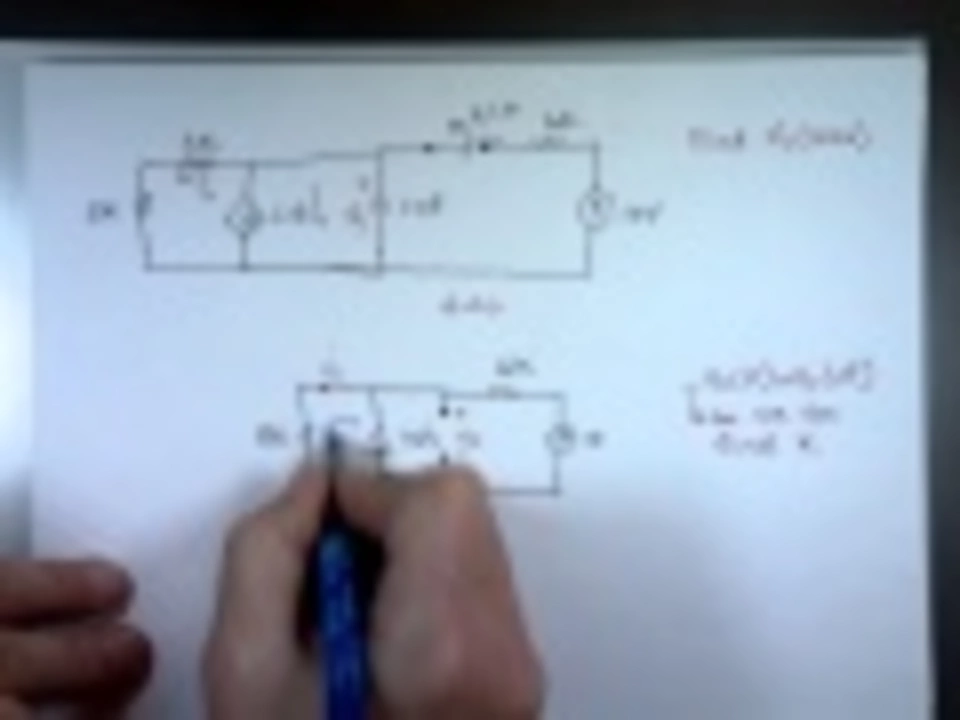Capacitor: How it works, types, and how to choose one
A capacitor stores electric charge and releases it when a circuit needs a burst of energy. Think of it as a small, fast battery: it charges up and then gives energy back quickly. You will find capacitors in power supplies, audio circuits, radio tuners, motor starters, and on PCBs next to chips to keep voltages steady.
Key specs to check are capacitance (measured in farads, usually microfarads or picofarads), voltage rating, and equivalent series resistance (ESR). Capacitance tells you how much charge it can hold. Voltage rating must be higher than the highest voltage in your circuit. ESR affects how well the capacitor handles rapid currents and ripple.
Types of capacitors and where to use them
Ceramic capacitors (MLCC) are small, cheap, and good for high-frequency decoupling. Use them near IC power pins. Electrolytic capacitors offer high capacitance in a small volume but are polarized—observe plus and minus. They’re common in power-supply smoothing and bulk storage. Film capacitors are stable and low-loss, great for audio and timing. Tantalum capacitors give stable capacitance and low ESR but must not be overvolted or they can fail. Supercapacitors store a lot of energy for backup and short-term power hold-up.
Also note temperature and tolerance. Some ceramics change value with temperature and DC bias. Low-ESR electrolytics are rated for ripple current and high temperature—pick ones rated for your application.
Picking, testing, and safety tips
When choosing a capacitor, choose a voltage rating at least 20–50% higher than the operating voltage. For decoupling, pick low-ESR multilayer ceramics in parallel with a small ceramic and a larger electrolytic for bulk. For audio paths, use film capacitors to avoid distortion. For timing, pick a capacitor with stable tolerance and low leakage.
Test capacitors with a multimeter that has a capacitance function, or use an ESR meter if you suspect power-supply problems. Visual checks catch bulging, leaking, or corroded leads. A high leakage current or very low capacitance means replace it.
Safety: always discharge capacitors before touching circuit traces—use a resistor to bleed charge slowly. Never reverse-polarize electrolytic or tantalum caps. Avoid using a capacitor at or above its voltage rating. When soldering, avoid overheating large electrolytics; excessive heat shortens life.
Buying tips: buy name-brand or reputable parts for critical uses, check temperature and ripple specs for power electronics, and choose proper package type (SMD for modern PCBs, through-hole for prototyping). Keep spare common values like 0.1µF ceramic, 10µF electrolytic, and a few film caps handy.
Common mistakes include using only one capacitor type for all needs, undervaluing voltage derating, and ignoring ESR when designing switch-mode supplies. Capacitance decreases with age and heat; high temperatures shorten life. For a simple RC timer example, a 100k resistor with a 1µF capacitor gives about 0.1 seconds time constant, enough for short delays. Mounting: keep decoupling capacitors within a few millimeters of IC pins and use short traces to reduce inductance. If you need long storage, keep electrolytics uncharged in a cool, dry place and refresh them periodically. Label polarity clearly during assembly always.

What is the time constant for a RC circuit?
A RC circuit is a simple electronic circuit that consists of a resistor and a capacitor connected in series. The time constant for a RC circuit is the time it takes for the capacitor to reach about 63.2% of its maximum charge. This is equal to the product of the resistance and capacitance of the circuit. The longer the time constant, the slower the capacitor charges, which can be beneficial in certain applications. When designing a RC circuit, it is important to take into account the time constant, as this affects the performance of the circuit.